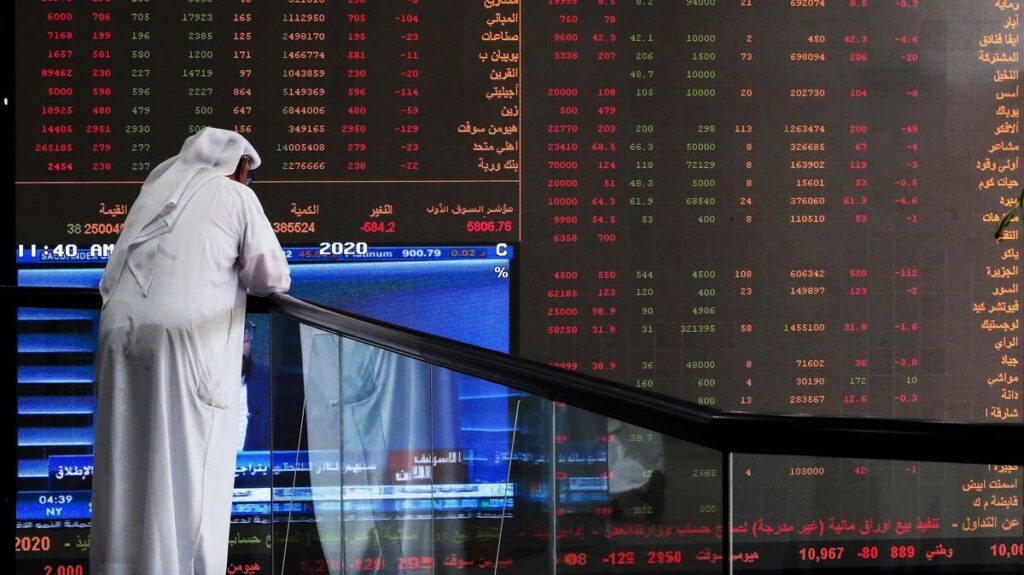It’s the day after the night before marked by a unilateral oil production cut of 1 million barrels per day (bpd) by Saudi Arabia, dressed up for the crude market as an OPEC+ production cut. While the efficacy of Riyadh’s move is debatable, what happened on Sunday (June 4, 2023) cannot be described as anything but.
Take the Saudi action out of the equation and all the market got from elsewhere within OPEC+ was a commitment to cut production seven months later in January 2024 and technical adjustments that made negligible difference to the group’s actual output.
Of course, that didn’t stop commentators who are permanently bullish, or crude “permabulls” if we may call them, from claiming that the global proxy benchmark Brent may edge nearer to $100 per barrel as the cuts begin to bite. Monday’s trading patterns alone point to why scepticism is merited.
As Asia came online, both Brent and the West Texas Intermediate (WTI) rose by ~2%. However, as the trading day progressed and European and U.S. volumes picked up, the gains slid to around ~1.3% with the market behaving more like it had been hit by a production outage rather than a huge output cut. All gains were subsequently wiped out as the U.S. trading day progressed.
At the time of writing (14:50 EDT on Monday, June 5, 2023), the Brent front-month contract was trading at $76.45 per barrel, down $0.19 or 0.25%, while the WTI was 0.26% or $0.18 lower at $72.02 per barrel.
Away from the here and now, a further examination of trading data doesn’t instill confidence either. Oil prices are indeed a tad higher on Monday, despite shedding gains posted in Asia earlier in the session, but Brent remains lower than its trading range prior the collapse of Silicon Valley, Signature and Silvergate Bank(s) in March.
Additionally, the intraday highs noted in Asia at one point, whilst being the highest in a trading calendar month, still failed to cap the 50-day simple moving average (or “SMA”); a trendline that plots the closing prices for a commodity (in our case Brent crude) averaged over the past 50 days.
That’s because oil price fluctuations aren’t just a reflection of supply-side shifts, but of demand too. It’s the outlook for the latter that just doesn’t inspire confidence at the moment. Inflation, while showing signs of cooling down, remains troubling within the OECD and raises the possibility of further interest rate hikes in various crude markets.
Furthermore, fears of a global recession may have receded but China’s economic recovery remains uneven. Meanwhile, the U.S. may be staring at a summer slump in activity, if a less than convincing ISM services report for the month of May and weaker ex-defense factory orders for April may be considered as indicators of some sort.
Moving beyond crude demand and on to supply, there’s the dynamic within OPEC+ itself to consider. How united is it? On Sunday, hardly any member country within the group appeared to be in the mood to give ground on lowering their output leading to the Saudis offering their crude “lollipop.”
This price supportive unilateral move by Saudi Arabia may be viewed as a near-term strength. But it is also a medium-term sign of weakness within OPEC+ when a group comprising of 13 OPEC and 10 non-OPEC members can only count on one member having the desire to cut supply in the interest of supporting prices for all (or “balancing the market” as they call it).
This leaves OPEC+ largely at the mercy of Saudi Arabia’s designs on the oil market, and if the mood music in Riyadh were to alter – crude prices will unquestionably come under additional pressure too.
Read the full article here













